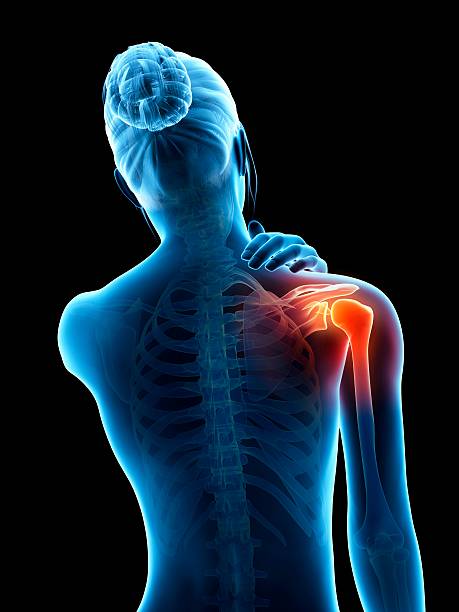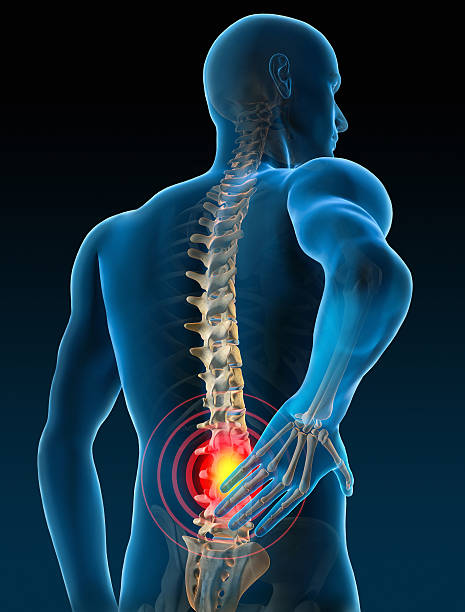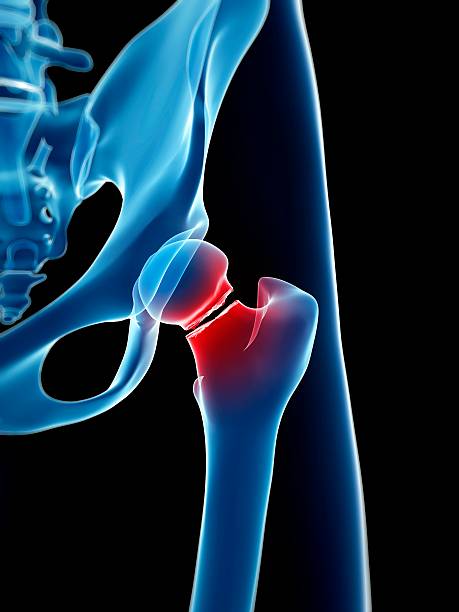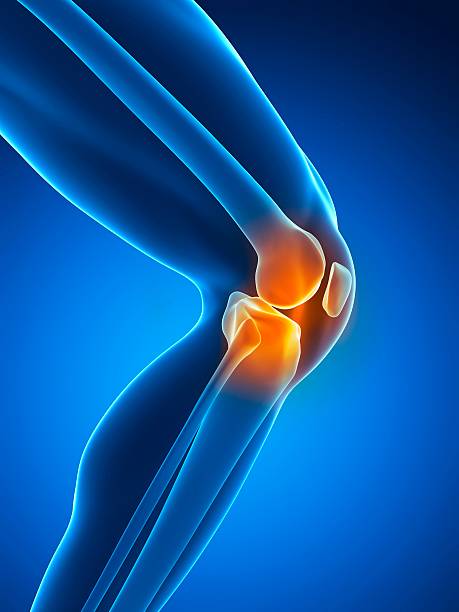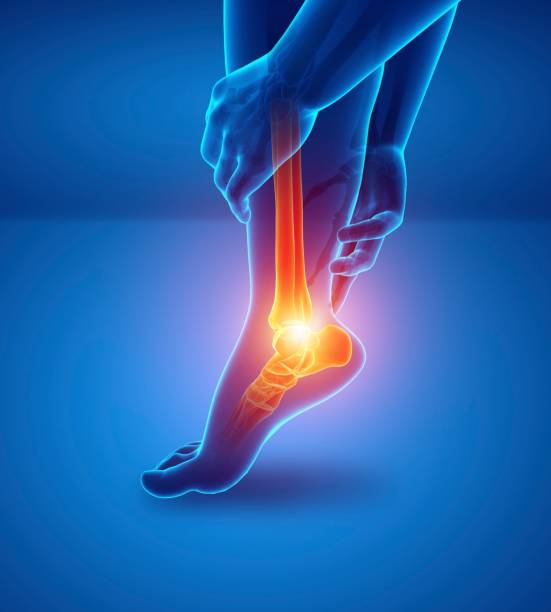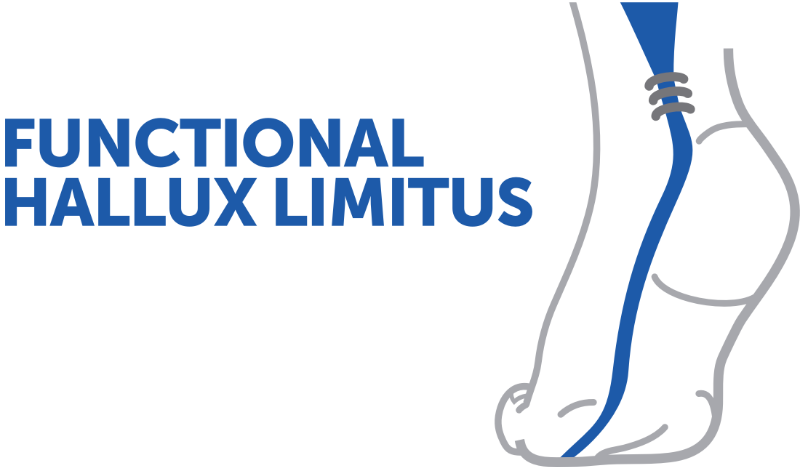Spine and hip prosthesis: understanding the intricacies
This presentation explores the complex interactions between the spine, pelvis, and hip in total hip replacement surgery. It highlights the importance of differential diagnosis, postural disorders, pelvic stiffness, and individualized surgical planning. Solutions such as dual mobility and the contributions of imaging and AI are also discussed.
Doctors
Topics
Treatments
Advice
- Prof. Pascal Kouyoumdjian
- Introduction to the spine-hip connection
- Diagnostic problems
- Clinical assessment
- Role of the pelvis
- Imaging and tilt measurement
- Total hip replacement
- Infiltrations
- Spine surgery
- Always assess the spine if atypical hip pain
- Check pelvic stiffness
- Adapting planning to postural disorders
- Considering AI for surgical personalization
- Beware of acetabular conflicts
Information
Video type:
Anatomy:
Surgery:
Hip and spine: an inseparable biomechanical couple
Hip and back pain influence each other. Sagittal imbalances, loss of lumbar lordosis, or pelvic stiffness can exacerbate hip symptoms.
The differential diagnosis is based on listening, examination and, if necessary, test infiltrations to locate the origin of the pain.
Why assess pelvic posture and mobility?
Sitting/standing analysis (pelvic tilt, sacral slope) assesses the pelvis' ability to adapt to living positions. Reduced mobility changes the constraints on the native or prosthetic hip and guides planning.
Planning only makes sense when supported by a rigorous clinical examination.
Planning a prosthesis with spinopelvic parameters
Before THA, spinal alignment, pelvic incidence, and pelvic mobility are considered. In patients with spinal surgery or very stiff spines, the cup orientation and implant type (e.g., dual mobility) can be adjusted to reduce the risk of impingement or dislocation.
Personalize therapeutic choices
Depending on the profile, rehabilitation, targeted injections or, if osteoarthritis is predominant, a THA with specific planning may be preferred. The objective is to treat the dominant cause (hip or spine) and avoid indication errors.
Understanding pelvic mobility helps to give the right indication at the right time.
Special cases: spinal fusion, anterior imbalance
A fused or very kyphotic spine reduces the possibilities of compensation.
Planning must anticipate the orientation of the cup based on functional positions (sitting/standing) and planned movements on the spine side.
Patient advice
If your pain is atypical or mixed hip-back, a coordinated assessment can prevent inappropriate treatments. The integrated hip-spine approach makes decision-making safer and improves long-term stability.
Pathologies treated at the center
Hallux Limitus
Functional
Your pain has a cause.The balance sheet allows us to understand it.
- Gait analysis
- Posture Assessment
- Guidance on the right treatment
- Study of plantar supports and supports
- Detection of compensations
- Pain–movement correlation
The functional assessment allows us to understand how a joint or postural imbalance can trigger or perpetuate pain. Very often, imaging is normal, but movement is disturbed. By analyzing gait, weight-bearing patterns, or posture, we identify the weak links in the chain and guide targeted treatment adapted to the patient's actual mechanics.


